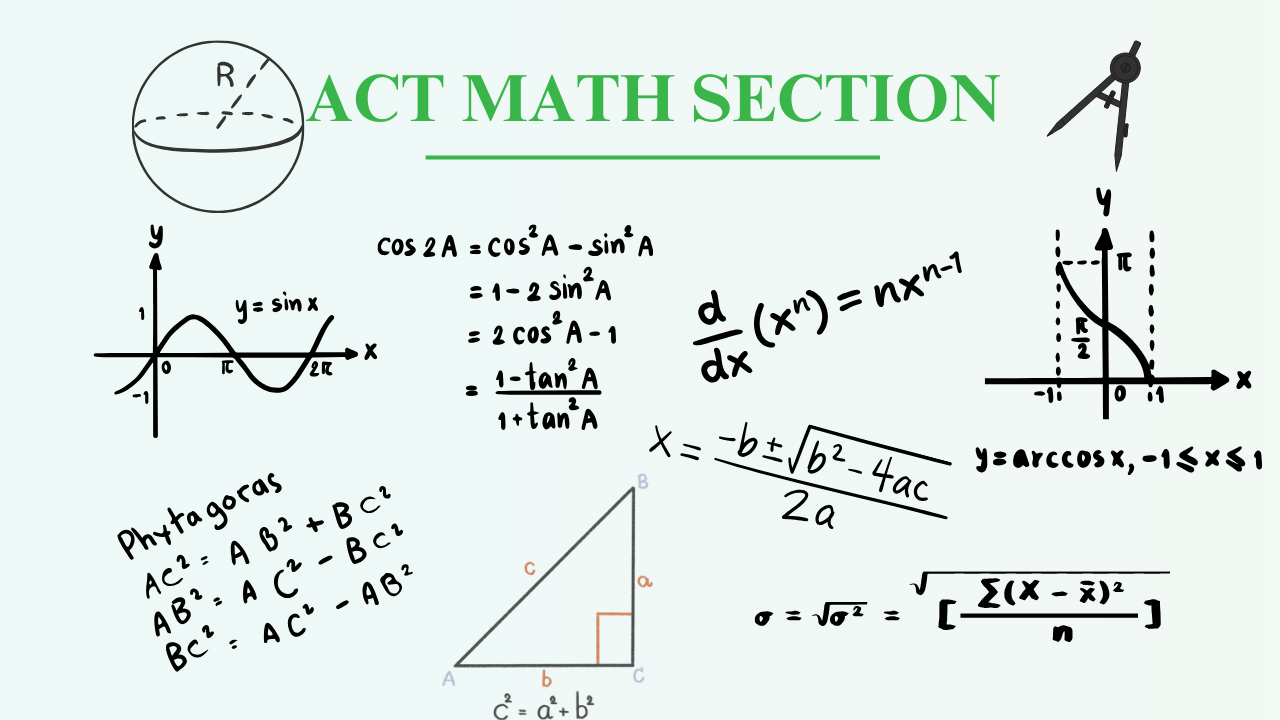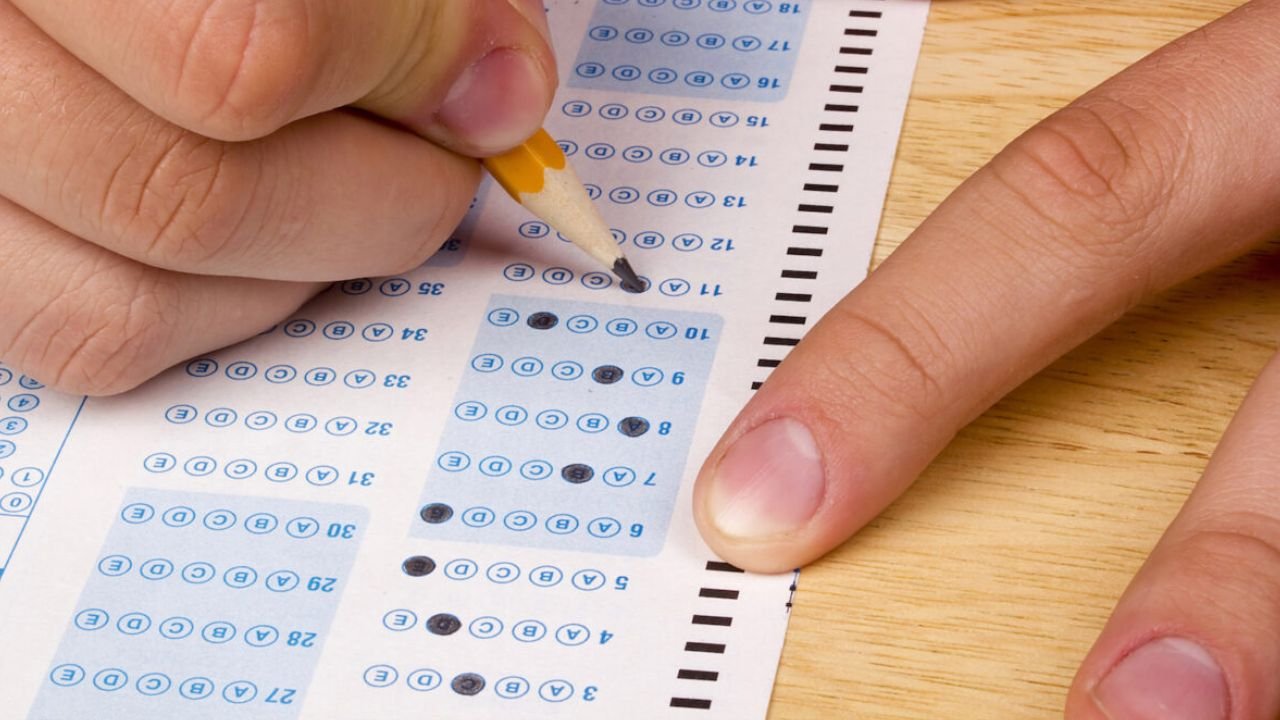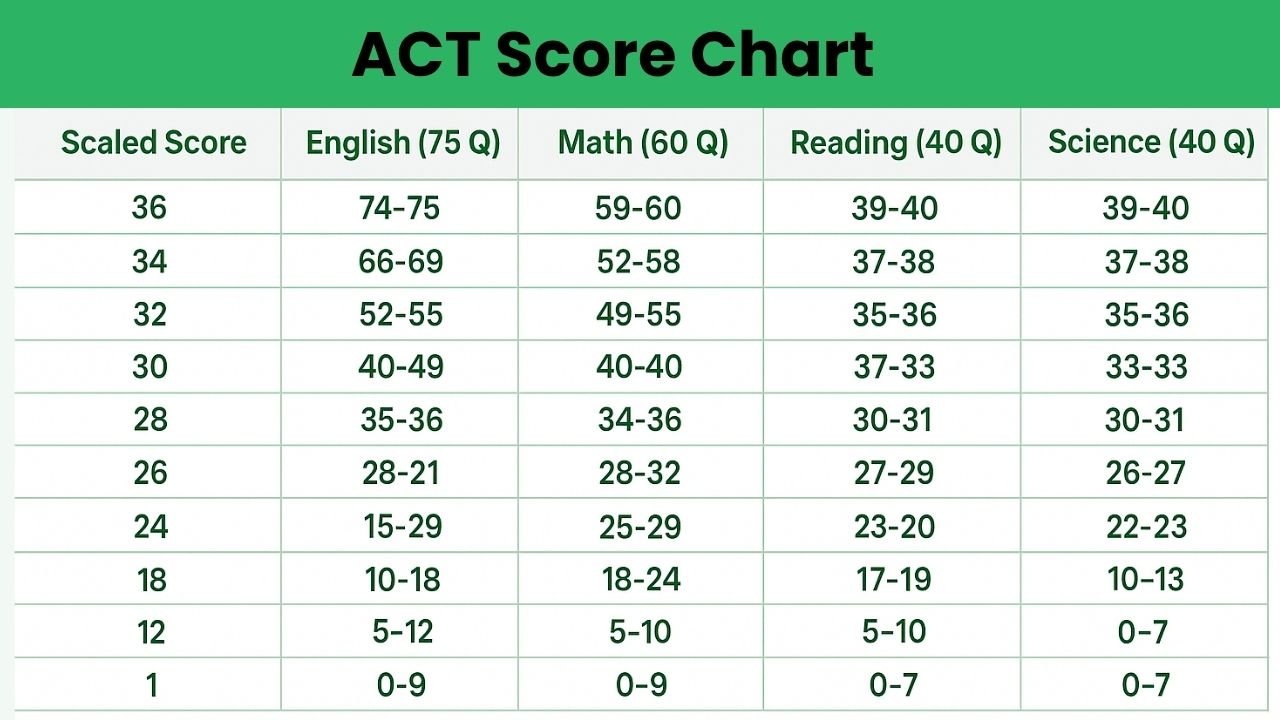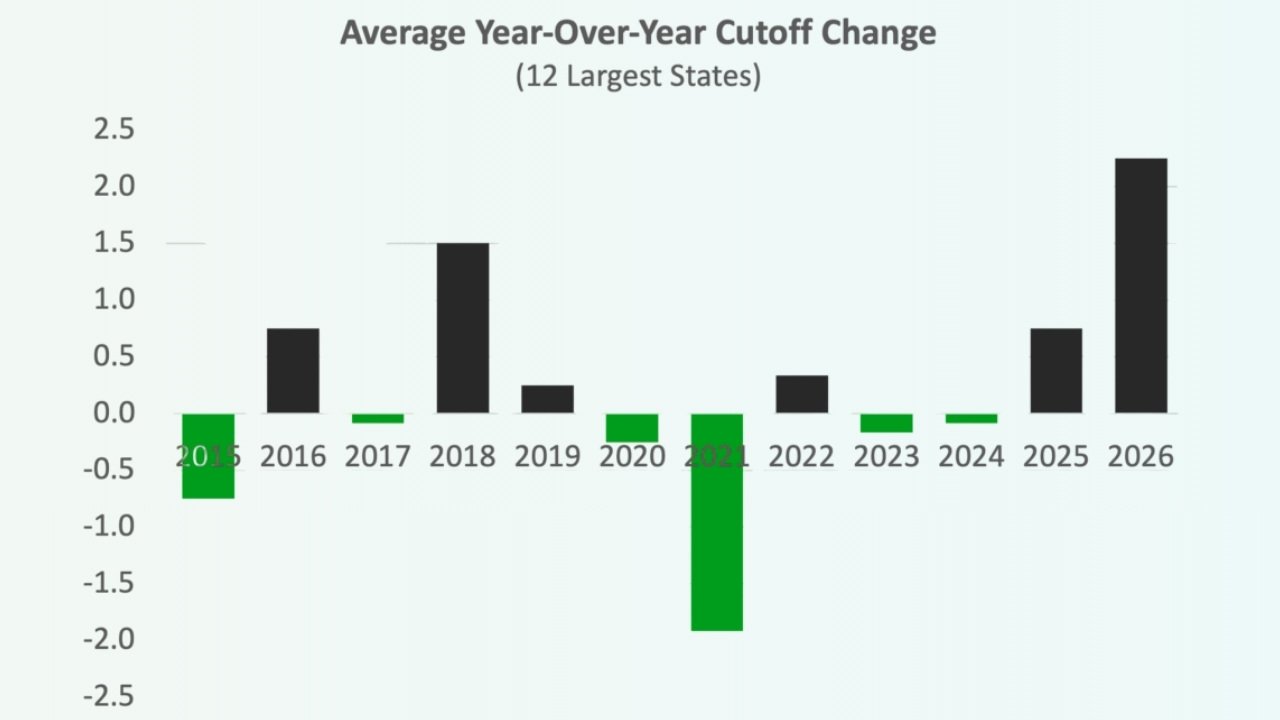The ACT math test is one of the most stressful parts of the ACT. The Math section of ACT is not just about knowing the formulas but also about working and applying the concepts in a limited time. Knowing the ACT math question type can help the individual recognize the patterns, eliminate the wrong answers quickly, and allocate time efficiently. Here’s how ACT Math Question Types are categorized by concept areas and question structures. If you’re just starting or fine-tuning your strategy, this explanation helps.
Key Takeaways
- There are 60 questions in the ACT Math section, which include pre-algebra, algebra, geometry, trigonometry, and statistics.
- The test questions concepts, problem-solving, and reasoning, rather than plan memorization.
- Focus on understanding the question formats to come up with efficient strategies.
- Accuracy and speed matter a lot as you have one minute per question on average.
- There is no restriction on calculator usage but some problems are faster without one.
Analysis Of ACT Math Question Types
The ACT Math test consists of five primary math domains:
Each part contains distinct ACT Math Question Types, and testing skills in different ways.
1. Pre-Algebra Questions
Pre-Algebra questions are all about the number properties and math operations. These questions test fundamental math operations and number properties. These are the basics for more advanced stuff.
Common Pre-Algebra Question Types
- Basic Arithmetic (fractions, decimals, percentages)
- Order of Operations (PEMDAS)
- Factors & Multiples (LCM, GCF, divisibility)
- Ratios & Proportions (direct and inverse variation)
- Exponents & Square Roots (simplifying, multiplying, dividing)
- Absolute Value (basic equations, inequalities)
- Basic Probability (simple counting, outcomes)
Example Question
If \( \frac{3}{5} \) of a number is 24, what is the number?
Solution:
Let \( \mathbf{x} \) be the number.
\[ \frac{3}{5} \mathbf{x} = 24 \]
Multiply both sides by \( \frac{5}{3} \) to solve for \( \mathbf{x} \):
\[ \mathbf{x} = 24 \times \frac{5}{3} = 40 \]
Thus, the number is 40.
2. Algebra Questions (Intermediate & Advanced)
Algebra is the major part of the ACT math section that covers both basic and advanced topics.
Common Algebra Question Types
- Linear Equations & Inequalities (solving, graphing, systems of equations)
- Quadratic Equations (factoring, quadratic formula, completing the square)
- Functions (evaluating, transformations, domain & range)
- Exponential & Logarithmic Expressions (simplification, growth/decay)
- Absolute Value Equations & Inequalities
- Sequences & Series (arithmetic, geometric progressions)
Example Question
If \( f(x) = 2x^2 - 3x + 4 \), what is \( f(3) \)?
Solution:
\[ f(3) = 2(3)^2 - 3(3) + 4 \]
\[ = 2 \times 9 - 3 \times 3 + 4 \]
\[ = 18 - 9 + 4 = 13 \]
Thus, \( f(3) = 13 \).
3. Geometry Questions
A lot of ACT Geometry revolves around spatial reasoning, properties of shapes, and coordinate geometry.
Common Geometry Question Types
- Triangles (Pythagorean theorem, similar triangles, special right triangles)
- Circles (radius, diameter, circumference, area, arcs)
- Polygons (sum of interior angles, properties)
- Coordinate Geometry (midpoint, distance formula, slope, equations of lines)
- Volume & Surface Area (cylinders, cones, spheres)
Example Question
A triangle has sides of lengths 5, 12, and 13. Is it a right triangle?
Solution:
Use the Pythagorean theorem:
\[ 5^2 + 12^2 = 25 + 144 = 169 \]
\[ 13^2 = 169 \]
Since both sides are equal, the given triangle satisfies the Pythagorean theorem.
Yes, it’s a right triangle.
4. Trigonometry Questions
Angles, sines, cosines, tangents, and trigonometric identities are tested in trigonometry questions.
Common Trigonometry Question Types
- Sine, Cosine, Tangent (basic ratios, solving for sides/angles)
- Unit Circle (values for 30°, 45°, 60°)
- Law of Sines & Law of Cosines
- Graphing Trig Functions
- Trigonometric Identities (simplifying expressions)
Example Question
If \( \sin \theta = \frac{3}{5} \), what is \( \cos \theta \)?
Solution:
Using the identity:
\[ \sin^2 \theta + \cos^2 \theta = 1 \]
Substituting \( \sin \theta = \frac{3}{5} \):
\[ \left(\frac{3}{5}\right)^2 + \cos^2 \theta = 1 \]
\[ \frac{9}{25} + \cos^2 \theta = 1 \]
\[ \cos^2 \theta = 1 - \frac{9}{25} = \frac{16}{25} \]
\[ \cos \theta = \frac{4}{5} \quad \text{or} \quad -\frac{4}{5} \]
5. Statistics & Probability Questions
These questions cover data interpretation, probability, and statistical measures.
Common Statistics & Probability Question Types
- Mean, Median, Mode (calculations, identifying)
- Range & Standard Deviation
- Probability Rules (addition/multiplication rules)
- Counting Principles (combinations, permutations)
- Data Interpretation (charts, graphs, tables)
Example Question
The numbers 3, 7, 7, 10, and 12 are in a data set. What is the median?
Solution:
Arrange the numbers in ascending order:
\[ 3, 7, 7, 10, 12 \]
The median is the middle number in an ordered list.
Since there are 5 numbers, the middle number is the third one:
\[ \text{Median} = 7 \]
Thus, the median is 7.
Strategies to Master ACT Math Question Types
Compleating the ACT Math questions can be hard but not when you understand the format and strategize accordingly to ACT Sections. Here is what you can do.
Recognize Patterns
Many ACT Math questions have predictable patterns. If you identify them then you can save time.
Use Backsolving & Plugging In
When you feel stuck then try the answer choices in the equation.
Understand Word Problems
Translate them into mathematical expressions before solving them.
Manage Time Effectively
Prioritize easier questions first and then return to difficult ones.
Know the Formulas
The ACT does not provide a formula sheet, so memorization is crucial.

Conclusion
Understanding ACT Math question types can be helpful for students to develop strategies for speed and accuracy. Concentrate on problem-solving techniques, pattern recognition, and efficient calculations instead of memorizing formulas.
At IVY Learning, we guide students through structured ACT preparation, helping them understand complex problems in simpler steps. By mastering question types, pacing strategies, and practice techniques, students can maximize their ACT Math scores with confidence.
Read also when will act scores be released 2025.









